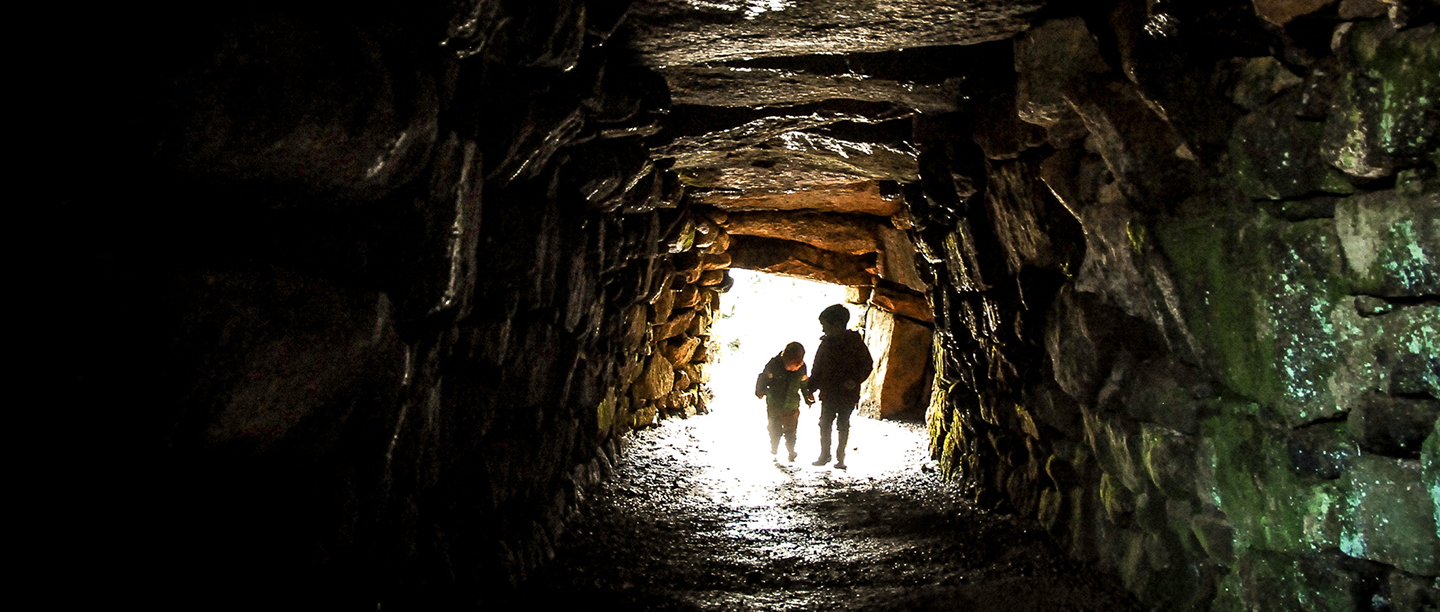Why We Love Carn Euny
"Carn Euny is one of those secret places that's reserved for those who make the effort to discover it. I'd recommend walking in the local area - there are lots of other historic places such as Caer Bran hillfort and St. Euny's chapel and wells to explore." - Susan Greaney, Senior Properties Historian, English Heritage
"For me Carn Euny is above all a 'mystical' site in a unique Celtic landscape. It is this sense of place that makes it so special and memorable. Even more so when you consider it has been continuously habited for over 3,500 years - all quite amazing.
"The fogou in the centre of the site is wonderful and is made all the more intriguing because no-one really knows what is was for." - Mike Hawkey, Cornwall Heritage Trust
Plan your visitTake A Closer Look
We can learn a lot about the people who lived at Carn Euny by looking closely at the remains of their homes.
The houses in the village were built surrounding a large central courtyard which may have been used for outdoor activities such as grinding grain, weaving and cooking. The courtyard contained small round and long rooms constructed against the outer wall which provided different functions - for cooking and eating, sleeping and possibly providing shelter for their sheep and cows.
Take a look at the walls of the different houses. Notice how they are interlocking; this helped to provided security and shelter for the inhabitants.
Discover Carn Euny's HistoryWhat Makes Carn Euny Special?
Carn Euny is one of the best preserved prehistoric settlements in southwest Britain. It was continuously occupied from the late Iron Age until the end of the Romano-British period.
When part of the village was excavated in the 1960s, an exciting discovery was made. Underneath the stone buildings, the archaeologists found traces of a much earlier house, dating from the Iron Age.
No trace of this earlier house can be seen today. Only part of the circular drainage gully and several postholes survived, suggesting a house of about seven metres diameter. The walls were built of turf or wattle and daub, with timber posts supporting a thatched roof.
The discovery of this house suggests that there was a settlement here in the middle Iron Age, which was occupied from about 400 BC. Occupation continued right the way through until the end of the Romano-British period, in about AD 400.
Understanding the layout of Carn Euny
3 things to look out
- Moss that glows - In the round chamber and passage of the fogou you might be able to spot a phosphorescent moss that glows with a luminous green,colour, catching the light.
- The ruined cottage - On the western side of the site you will find the ruins of a small two-storey cottage - it's pictured above. It was built in about 1750 and pottery evidence tells us it was occupied for about 50 years. There would have been two rooms downstairs with a ladder or stair leading to other loft rooms under a thatched roof.
- An unusual fogou - this is a type of underground structure found only in Cornwall, deriving from the Cornish word for 'cave'. The fogou at Carn Euny was discovered in the 1840s by miners prospecting for tin and was first excavated in the 1860s by the Cornish antiquary William Copeland Borlase (1848-99). It's particularly unusual as it includes a large circular domed chamber with a corbelled roof. It was extended several times during the life of the settlement, but its purpose remains unknown. It may have been a place of refuge, or perhaps a cellar for storing food. Alternatively, it could have been used for ritual or ceremonial purposes.
Did You Know?
We look after over 400 historic places, and remarkably, 250 of those are free to visit. Many of these free sites can be found in Cornwall including Carn Euny Ancient Village, Tregiffian Burial Chamber, Halliggye Fogou, Ballowall Barrow and many more.
As a charity, English Heritage relies on your support. We couldn’t keep our free sites open and protected without the help from our members and visitors to paid-for sites.
Support our workMore to Explore
-
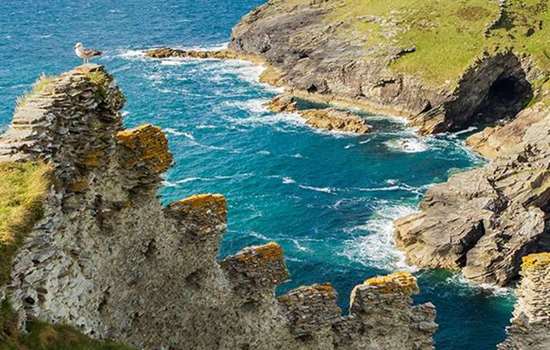
Travel guide: a long weekend in Cornwall
Castles dominate the coastline, isolated settlements and sites steeped in myth and legend are just a small part of what Cornwall has to offer. Plan a long weekend of history in this incredible part of south west England.
-
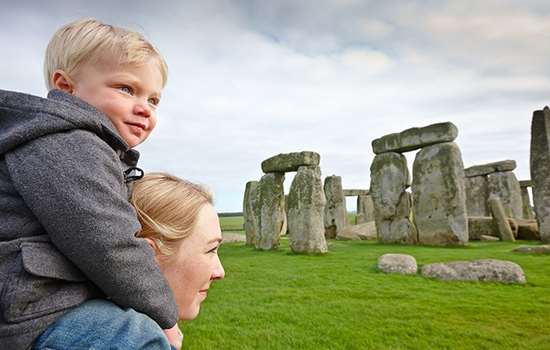
23 free places to visit near famous historic sites
We’ve picked 7 top sites around the country and a selection of free places to visit afterwards for a history-packed day out that won’t break the bank.
-
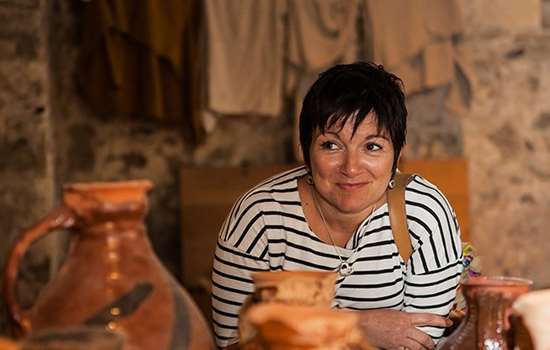
Members get more
Enjoy unlimited days out for a whole year, plus free or discounted entry to a range of events. From just £43, an English Heritage membership means you can do more this summer.
-
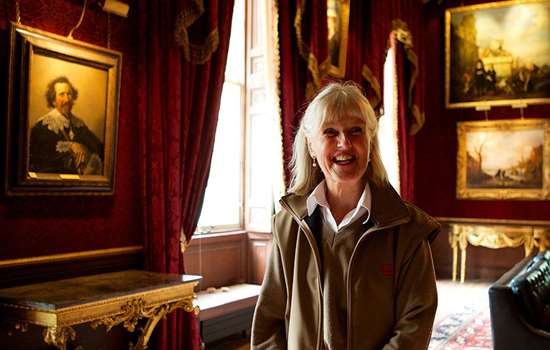
More spotlight on places we love
There's more to many of our historic places than meets the eye. Take a closer look and discover what our teams love about them and why you should plan a visit for yourself.
